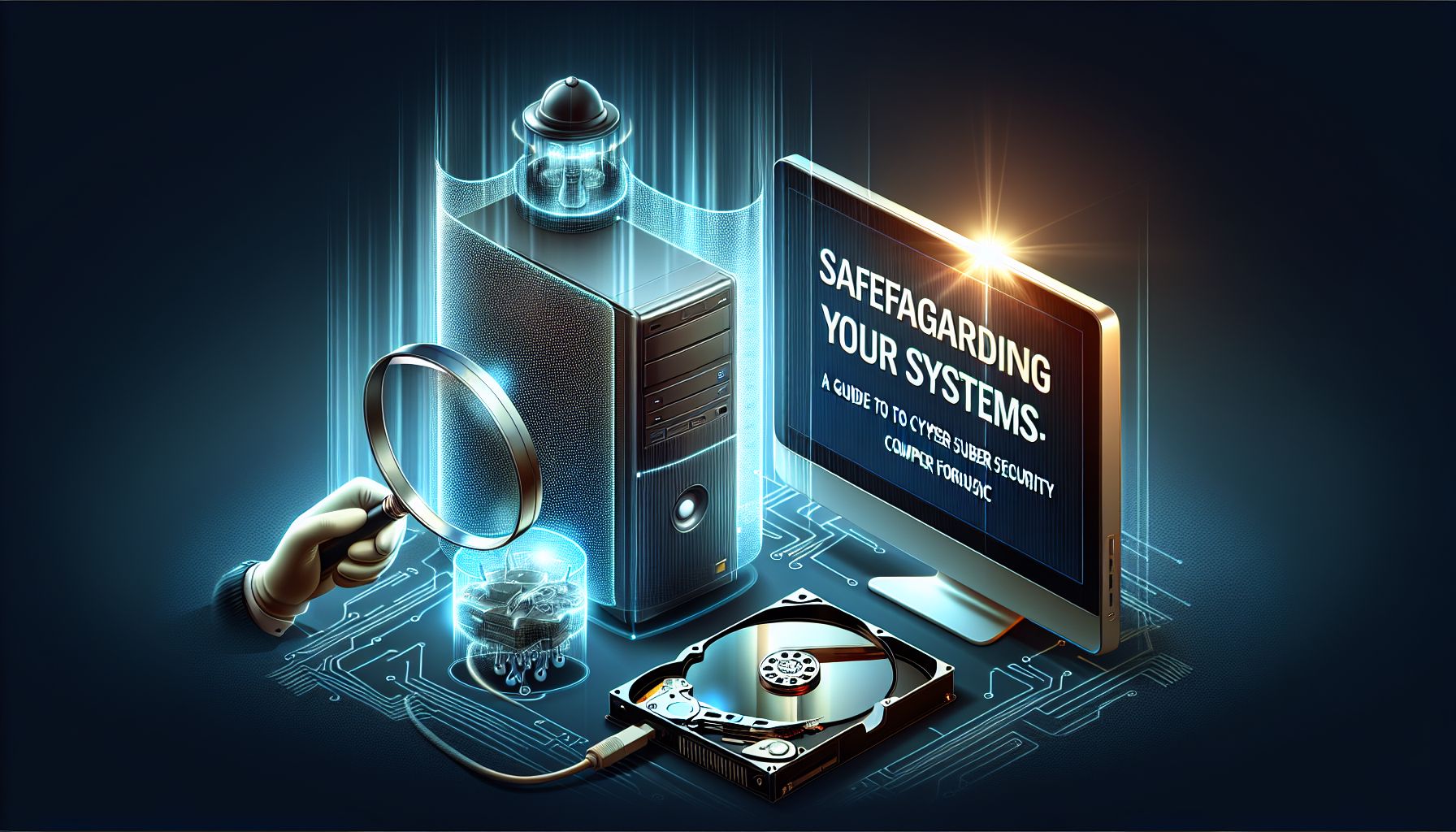As technology continues to advance, cyber threats are becoming increasingly sophisticated and widespread. It is crucial for businesses and individuals alike to prioritize cyber security and computer forensics in order to protect their sensitive data and information. In this blog post, we will explore the importance of cyber security, the role of computer forensics in investigating cyber crimes, and tips for safeguarding your systems.
Introduction to Cyber Security
Cyber security is the practice of protecting networks, systems, and data from cyber attacks. These attacks can range from phishing emails and malware infections to ransomware and data breaches. With more and more data being stored online, the potential damages from a cyber attack are greater than ever before.
There are various measures that can be implemented to enhance cyber security, such as using strong passwords, encrypting sensitive data, keeping software up to date, and implementing firewalls and anti-virus software. It is important for organizations to have a comprehensive cyber security strategy in place to mitigate the risks of a cyber attack.
The Role of Computer Forensics
Computer forensics is the science of collecting, analyzing, and preserving digital evidence to investigate and prosecute cyber crimes. In the event of a security breach or data breach, computer forensics can help identify the source of the attack, gather evidence, and bring the perpetrators to justice.
Computer forensics involves a range of techniques and tools, such as forensic imaging, data recovery, and network analysis. Digital evidence can be collected from computers, mobile devices, and servers, and analyzed to reconstruct the sequence of events leading up to the incident.
Tips for Safeguarding Your Systems
-
Regularly update software: Keeping your operating system and applications up to date helps patch vulnerabilities that can be exploited by cyber criminals.
-
Use strong passwords: Create unique and complex passwords for each account, and consider using a password manager to securely store them.
-
Encrypt sensitive data: Encrypting sensitive data ensures that even if it is stolen, it cannot be easily accessed by unauthorized individuals.
-
Implement firewalls and anti-virus software: Firewalls monitor incoming and outgoing network traffic, while anti-virus software helps detect and remove malware infections.
-
Train employees on cyber security best practices: Educating employees on how to identify and respond to phishing emails and other security threats can help prevent security breaches.
By following these tips and best practices, you can enhance the security of your systems and minimize the risks of a cyber attack.
Conclusion
In conclusion, cyber security and computer forensics play a crucial role in safeguarding sensitive data and information from cyber threats. It is essential for organizations and individuals to prioritize cyber security measures and implement best practices to protect against potential attacks. By staying informed about the latest cyber threats and investing in cyber security tools and training, you can better prepare yourself to defend against cyber attacks and mitigate their impact. Remember, safeguarding your systems is a continuous process – stay vigilant and proactive in protecting your digital assets.




